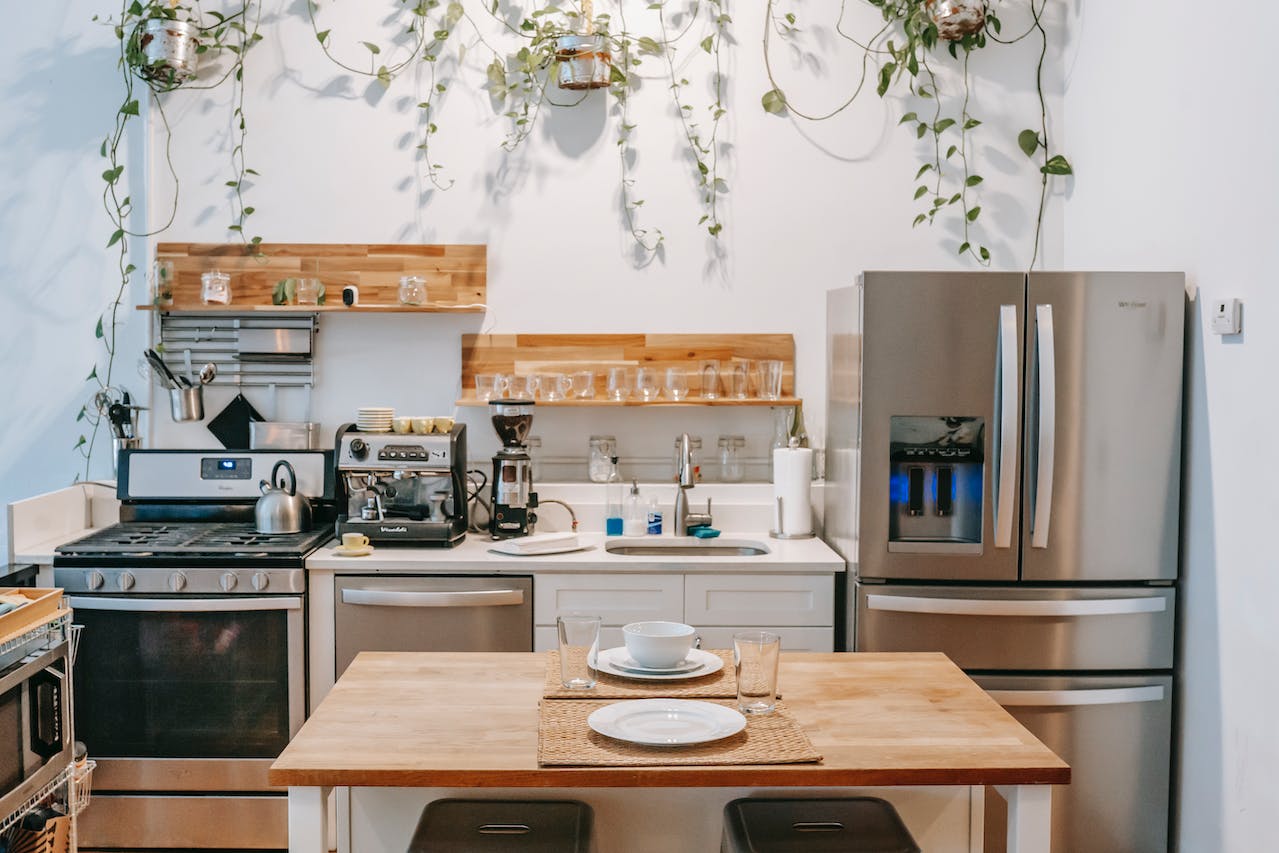As an Aussie homeowner, you’re likely always on the lookout for ways to save on energy costs while contributing to a greener environment. Making just a few small changes can have a considerable impact on your electricity bills and your home’s carbon footprint. That’s why we’ve compiled a list of 8 simple energy-saving tips tailored to Australian homes. Whether you’re living in a busy city apartment or a spacious suburban house, these tips will help you save energy and money without sacrificing comfort or style.
These practical, easy-to-implement strategies include general advice applicable to any home, as well as specific actions you can take in different areas of your house. From optimising your appliances to improving heating and cooling efficiency, these tips are designed to help Aussie homeowners of all kinds. Start implementing these energy-saving tips today and enjoy the benefits of an energy-efficient and eco-friendly home.
1. Optimise Appliance Usage
Understanding how your appliances consume energy and using them efficiently can significantly reduce home energy consumption. Here are some tips for optimising appliance usage:
– Switch off appliances at the wall when not in use: Standby power can account for up to 8% of your energy bill. Turning off appliances at the wall, rather than leaving them on standby, can result in considerable energy savings.
– Choose energy-efficient appliances: When purchasing new appliances, look for the Energy Rating Label, which indicates the product’s energy efficiency. Higher energy-efficient appliances use less power and save you money in the long run.
– Use appliances during off-peak hours: Running appliances like washing machines, dryers, and dishwashers during off-peak hours is a cost-effective strategy since electricity is generally cheaper at these times.
2. Improve Heating and Cooling Efficiency
Heating and cooling can account for up to 40% of a home’s energy consumption. To reduce energy use in this area, consider the following tips:
– Seal gaps and draughts: Seal gaps around doors, windows, and vents with weatherstripping or draught stoppers to prevent cold air from entering and warm air from escaping.
– Install energy-efficient windows: Double-glazed windows can provide better insulation, reducing heat loss in winter and keeping your home cooler in summer.
– Use fans instead of air conditioning: Fans consume less energy than air conditioners and can effectively cool rooms by circulating air.
– Adjust your thermostat: Set your heating thermostat to 18-20°C during winter, and your cooling thermostat to 24-26°C during summer. Every degree above or below these recommendations can increase energy consumption by up to 8%.
3. Make the Most of Natural Light and Ventilation
Utilising natural light and ventilation can reduce your need for artificial lighting and temperature control, lowering energy consumption.
– Install skylights: Skylights can bring natural light into darker areas of your home, reducing the need for artificial lighting during the day.
– Use light-coloured paint and window coverings: Light colours reflect natural light and brighten rooms without requiring additional light sources.
– Open windows for ventilation: Cross-ventilation (opening windows and doors on opposite sides of a room) is an effective way to cool your home naturally and reduce the need for air conditioning.
4. Implement Energy-Efficient Lighting
Adopting energy-efficient lighting solutions can have a considerable impact on your home’s energy consumption:
– Replace incandescent bulbs with LEDs or CFLs: LEDs and CFLs are significantly more energy-efficient than traditional incandescent bulbs, consuming less power, and lasting longer.
– Use sensor lights and timers: Installing sensor lights or timers on outdoor lighting can help you minimise energy waste by ensuring lights are only on when necessary.
– Use task lighting: Install focused lighting in areas where specific tasks are performed, such as reading or cooking, rather than bright lights that illuminate the entire room.
5. Upgrade Your Home’s Insulation
Proper insulation is essential for maintaining a comfortable indoor temperature while reducing energy consumption. If your home has inadequate insulation, consider these options:
– Insulate walls, ceilings, and floors: Installing insulation in these areas can help regulate your home’s temperature, reducing your reliance on heating and cooling systems.
– Insulate hot water pipes: Insulating hot water pipes can reduce heat loss, ensuring that water stays hotter for longer and reducing the energy needed to reheat it.
6. Use Water-Saving Measures
Implementing water-saving measures also contributes to energy efficiency since heating water can be energy-intensive. Try these tips for conserving water:
– Install water-efficient showerheads: Water-efficient showerheads can reduce water usage while still providing a comfortable shower experience, reducing the energy required to heat water.
– Fix dripping taps and leaks: A dripping tap can waste up to 2,000 litres of water per month. By fixing leaks, you can conserve water and lower your energy consumption.
7. Landscape Your Garden for Energy Efficiency
Strategic landscaping can improve your home’s energy efficiency by providing shade and natural insulation:
– Plant deciduous trees: Deciduous trees lose their leaves during winter, allowing sunlight to warm your home, while providing shade in summer to help keep your home cool.
– Install shading devices: Pergolas, awnings, or shade sails can protect your home from direct sunlight, reducing heat gain and energy consumption.
8. Invest in Renewable Energy Sources
Investing in renewable energy sources like solar panels can help you produce clean energy and lower your energy bills:
– Install solar panels: Solar panels generate electricity from sunlight, providing a clean, renewable energy source that can offset your home’s energy consumption.
– Look into solar hot water systems: These systems use solar collectors to heat water, reducing the energy required to heat water through traditional means.
By adopting these simple and practical energy-saving tips, Australian homeowners can enjoy lower energy bills and a more environmentally friendly lifestyle.
Time to Embrace Energy Efficiency in Your Aussie Home
Implementing the aforementioned energy-saving measures not only reduces your electricity bills but also goes a long way in creating a more sustainable and eco-friendly living environment. As expert electrical contractors, Sparking Larking Electrical Contractors can help you put these energy-saving ideas into action. Our team of licensed and experienced professionals is committed to ensuring your home becomes as energy-efficient as possible. From upgrading lighting systems to installing solar panels, we can provide you with tailor-made solutions for your unique energy-saving needs.
Are you ready to make your home more energy-efficient and eco-friendly? Contact Sparking Larking Electrical Contractors today to hire our electrical services and discuss your requirements. Let us help you on your journey towards a more sustainable lifestyle.

